737 MAX rate growth is an important milestone for Boeing’s recovery
Boeing is finally going beyond the 38-per-month production rate of the 737 MAX.
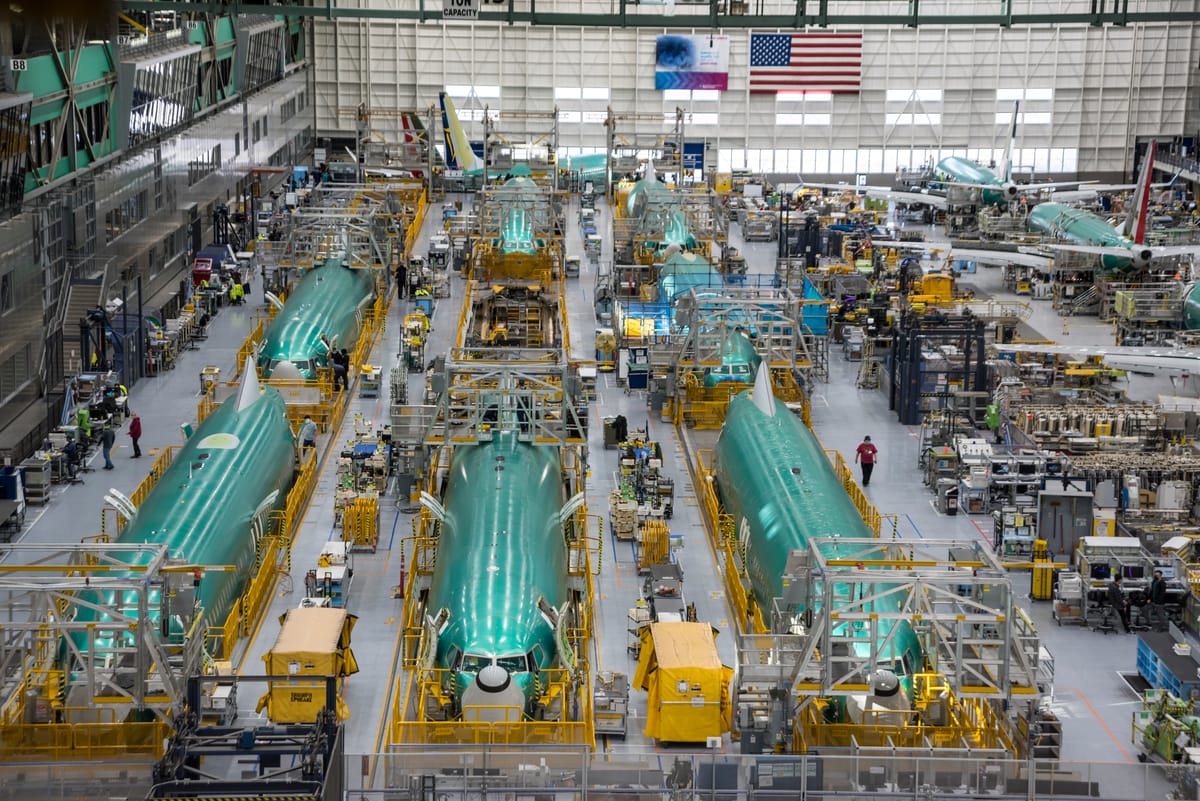
For the past five years, Boeing has been bleeding cash, posting consecutive net losses, and struggling to deliver its commitments to its customers, including the perpetually delayed commercial debuts of the 737 MAX 7, 737 MAX 10, and 777X aircraft programs. The Federal Aviation Administration’s (FAA) approval to raise the 737 MAX production rate to 42 per month might help Boeing at least solve some of the issues.
On October 17, 2025, news broke that the FAA had approved Boeing to officially build more than 42 737 MAX aircraft per month, allowing the company to go beyond the 38-per-month cap that the United States regulator imposed after the Alaska Airlines 737 MAX 9 mid-air door plug blowout in January 2024.
At the time, the FAA, still run by Mike Whitaker, the then-Administrator of the regulator, cited the need to “ensure accountability and full compliance with required quality control procedures.”
For the planemaker, the incident, as well as the subsequent scrutiny by regulators as well as customers, was just the beginning of a difficult year. In November 2023, Boeing requested an exemption for the 737 MAX 7’s engine anti-ice system (EAI), which would have allowed the company to fast-track the certification of the jet. On January 29, 2024, it withdrew the request, without providing a reason as to why it had done so.
As months went by, it was clear that major changes needed to happen for Boeing to restore order in its own house, which lacked quality walls. Fuselages, if you will.
On July 1, 2024, the company announced that it would re-acquire Spirit AeroSystems, a company that was born out of the spin-off of Boeing’s several production sites in the 2000s, including the Wichita, Kansas, site, where Spirit AeroSystems has been building 737 fuselages before they are shipped off to Renton, Washington, for final assembly. (Spirit AeroSystems also builds other parts for the single-aisle jet, totaling around 70% of the aircraft, according to the supplier.)
Recently, the European Commission (EC) approved the transaction, allowing Boeing to move forward with the all-stock deal that was valued at $4.7 billion, or $8.3 billion with Spirit's net debt as of July 1, 2024.
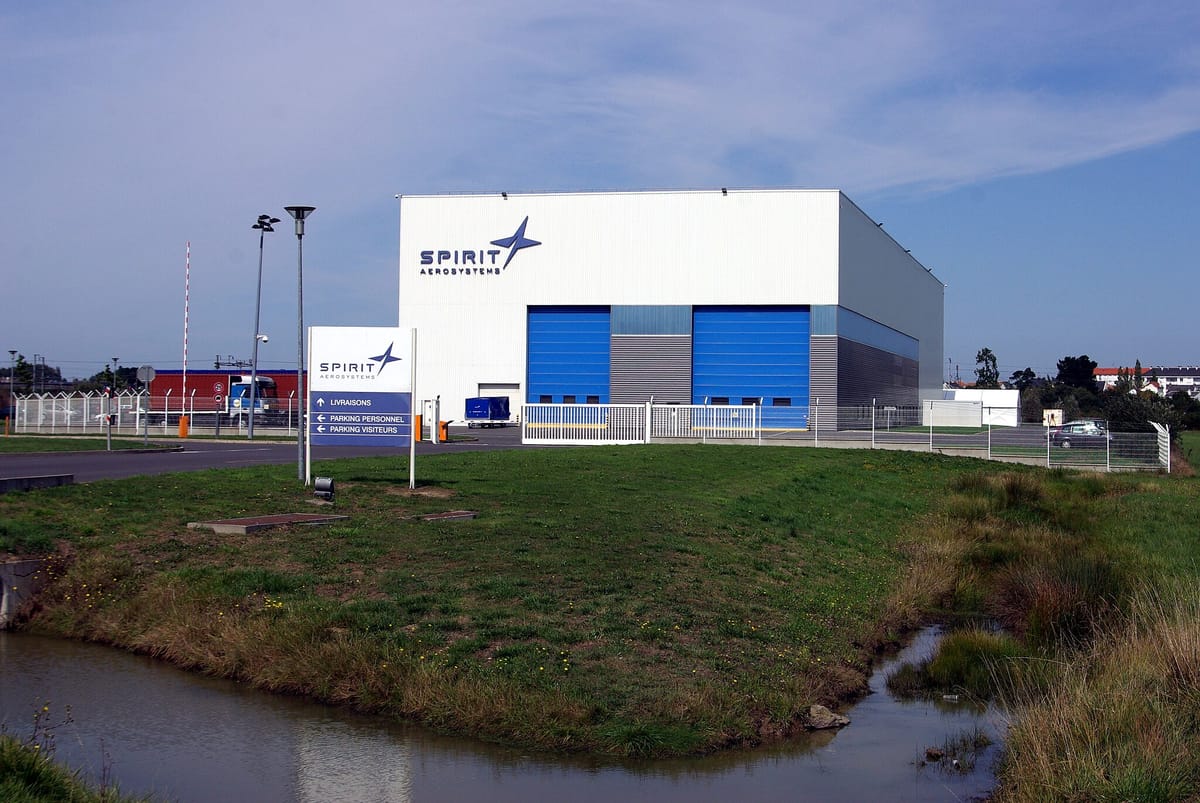
And then, in August 2024, Kelly Ortberg replaced David Calhoun as President and Chief Executive Officer (CEO) of Boeing, who admitted that the company has “a lot of work to do in restoring trust,” which starts with meeting its commitments, including “building high quality, safe commercial aircraft.”
Ortberg’s immediate challenge was the negotiations with the manufacturer’s mechanics, which eventually resulted in a 52-day strike between September and November 2024. The year’s result? A $11.8 billion net loss, with a free cash flow (FCF) of -$14.3 billion, a stark contrast to 2023’s FCF of $4.4 billion.
During the Q4 2024 earnings call, Ortberg outlined that it had completed its “safety management meeting with the FAA in which they reviewed our safety management system and our production status, including spending time on the factory floor.” The regulator reported significant improvements, paving the way for Boeing to eventually build more than 38 737 MAXs per month, yet Ortberg warned that it was still in the early innings on the production ramp-up.
Brian West, the now-outgoing Chief Financial Officer (CFO) of Boeing, signalled during the same call that the company held higher inventory levels “to promote stability across our production system,” with plans to return to normal levels once production fully stabilizes and rates increase over time.
While throughout 2025, the company's quarterly results so far had been red, including negative cash flows, the financials had improved. Boeing is scheduled to release its Q3 results on October 29, having already delivered 160 commercial aircraft during the quarter, including 121 737 MAXs. Year-to-date (YTD), its deliveries numbered 440 aircraft, of which 330 were the 737 MAXs.
In comparison, Q3 2024, which included the beginning of the strike, deliveries numbered 116 aircraft, 291 YTD. By the end of 2024, Boeing had delivered 348 aircraft, including 265 737 MAXs.
Few would argue that 2025 is not a massive improvement for the company. Investors seem to think it is, as Boeing’s share price had risen 20.31% YTD as of October 17, with another 1.3% improvement during the pre-market hours on October 20.
During the year, Ortberg had been hinting that Boeing would return to a 42-per-month rate sometime soon. The last time the company churned out that many 737s was in the mid-2010s, before it raised that monthly rate to 47 in 2017, and to 52 in 2018, which was where it had peaked. The two fatal 737 MAX 8 crashes in Indonesia in 2018 and Ethiopia in 2019, the groundings, subsequent ramp-down of production, and the post-Alaska Airlines flight AS1282 regulatory scrutiny, never allowed Boeing to go beyond that rate. Or anything remotely close to it.
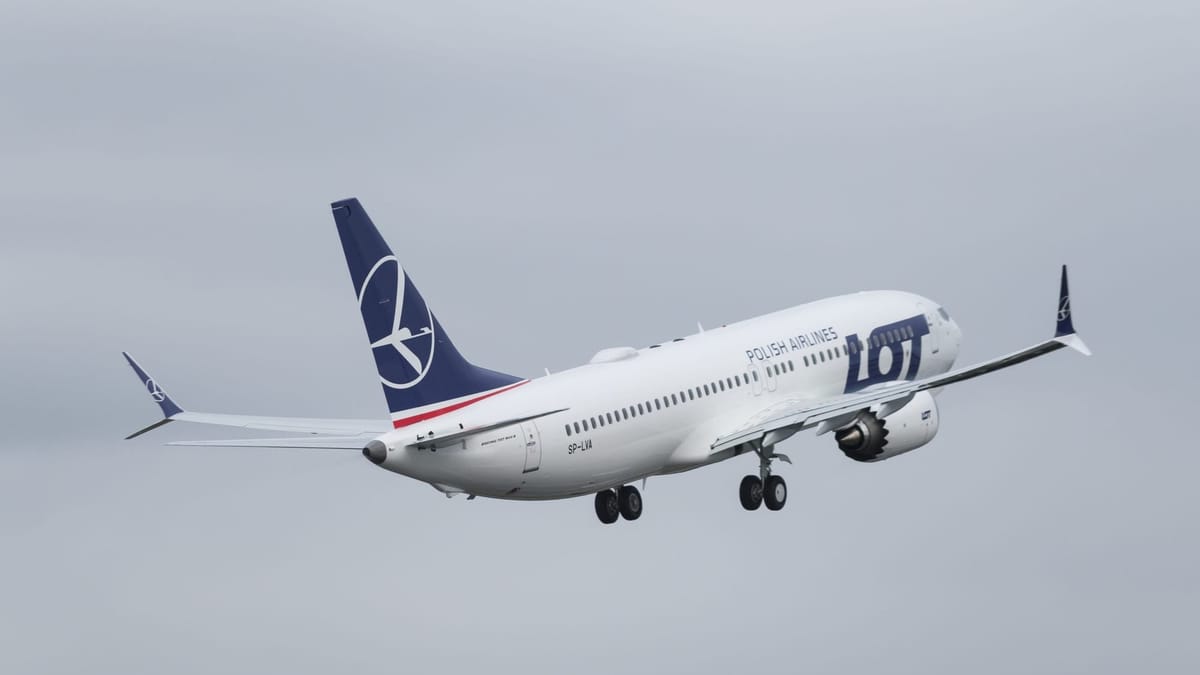
After all, the 737 MAX 7 and 737 MAX 10 had not been certified before the crashes. They are still not approved to fly commercially, and are not scheduled to be until at least 2026, as Boeing continues to work with the FAA to figure out the solution for the type’s EAI issues. The system will have to be retrofitted onto the two certified subtypes, the 737 MAX 8 and 737 MAX 9.
Nevertheless, during the Bernstein Strategic Decisions Conference on May 29, Ortberg said that he would not be able to provide the company’s FCF profile beyond 2025, as the planemaker’s priority will be the production rate increase.
“Let's get to a positive cash flow and then we can start looking at how does the cadence look going forward. I'll just tell you, it's going to follow the performance of the production. […] the financials will follow our production performance.”
During the Morgan Stanley Laguna Conference on September 11, Ortberg confirmed that the manufacturer is now assembling 38 737 MAXs per month, saying that the key performance indicators (KPIs) that it had agreed with the FAA were in the range where Boeing would be in a position to sit down with the regulator and potentially raise the cap from 38 to 42.
By that point, Boeing had already been preparing for the higher rate. According to Ortberg, it has had excessive inventories, which it will utilize, and some of its distressed suppliers were producing at higher rates than others. In many cases, they were already at 42 per month, Boeing’s CEO noted.
“I feel really good about where we are for this next rate increase. So, going from 38 to 42, we've got a lot of inventory.”
Ortberg outlined that if the supply chain is ready, it would increase its production rates by increments of five going forward. The next monthly production rate hike would be no earlier than six months after the transition from 38 to 42, which will include another review together with the FAA. “My guess is that it will get more challenging as we go to a higher rate,” Ortberg warned.
“However, I have said this all along and it is super important, is we got to do this right, and we are not going to push. If we are not ready, we will wait a month. A month will not matter in the big scheme of things, and losing stability will matter.”
2018 was the last year that Boeing posted a net profit, ending the year with $10.4 billion as it crossed the $100 billion revenue mark. FCF was $13.6 billion.
While its financial results have worsened and then improved over the years – and Q3 2025 could still be a net loss with a negative FCF, which could include a $700 million settlement payment to the Department of Justice (DOJ) – the company's debt has ballooned massively.
The company ended 2018 with long-term debts of $10.6 billion. By Q2 2025, it was $44.6 billion, with interest and debt expenses going from $158 million at the end of 2018 to $710 million during the quarter that ended on June 30, 2025.
If it wants to air out the debt bubble before it pops, the company will have to milk the cash cow that is the 737 MAX, which, at the end of September, had 4,569 unfilled orders. While it would be hard to quantify how much revenue Boeing earns with each 737 MAX delivery, due to a variety of factors, including potential delivery delay penalties, in Q2 2025, Boeing Commercial Aircraft (BCA) revenues were $10.8 billion, an improvement of 81% year-on-year (YoY), as commercial aircraft deliveries climbed from 92 in Q2 2024 to 150. 737 MAX quarterly deliveries improved from 70 to 104.
It remains to be seen how Boeing’s delivery profile will change in the next few months, but its executives should shed more light during the upcoming quarterly earnings call.
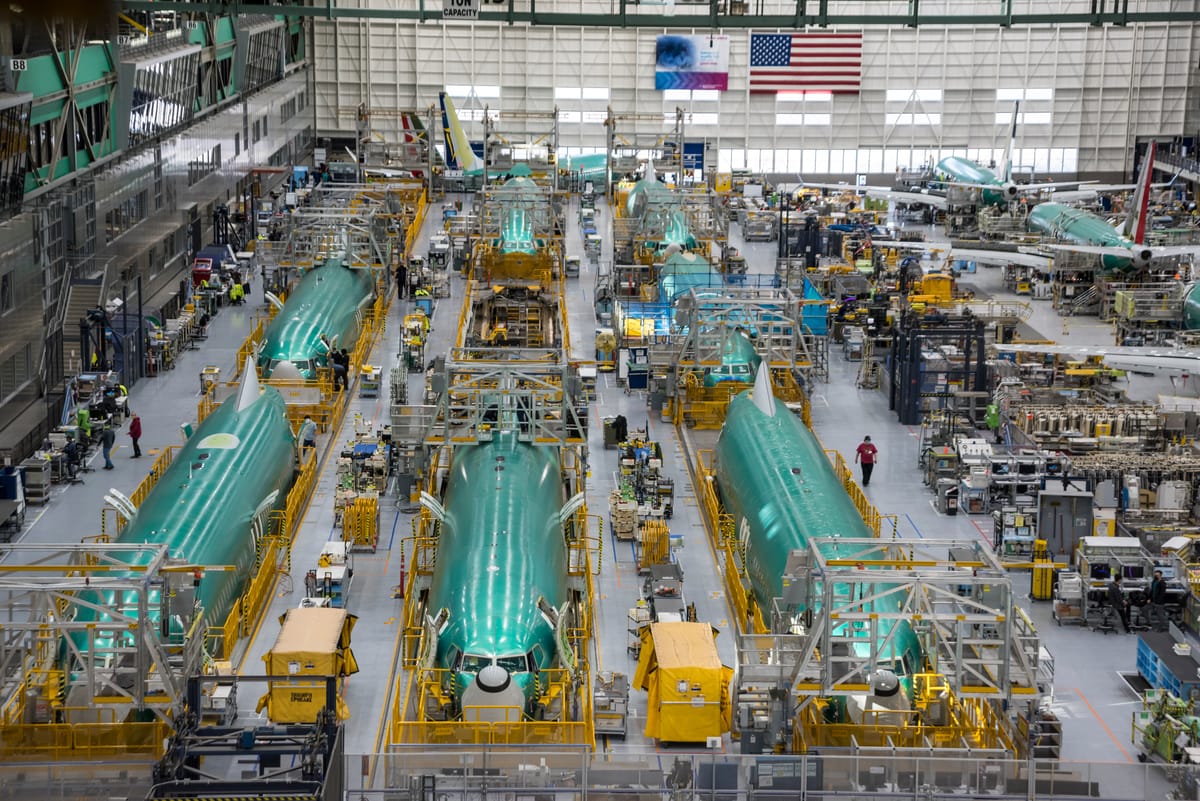




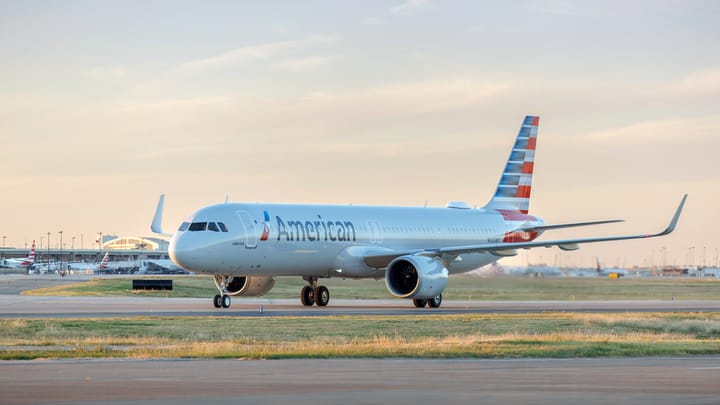

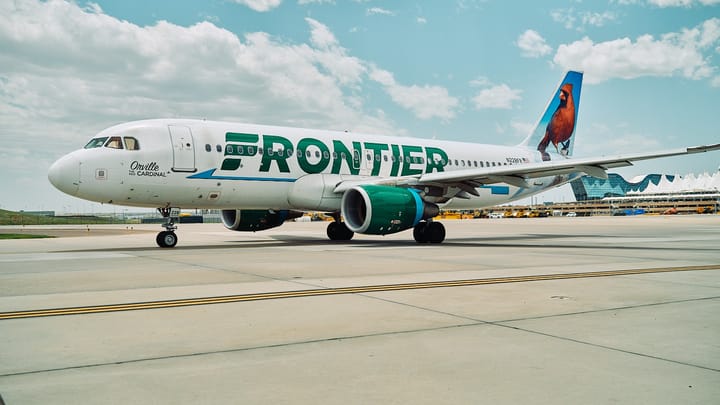
Comments ()